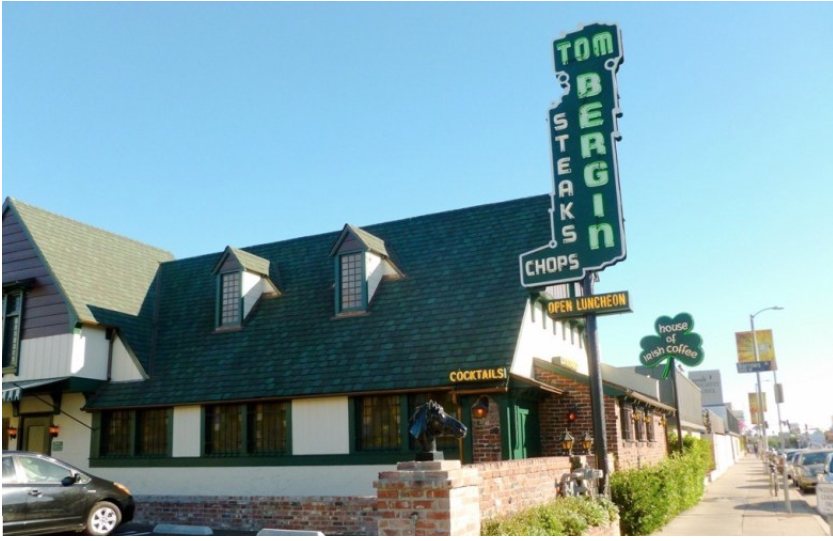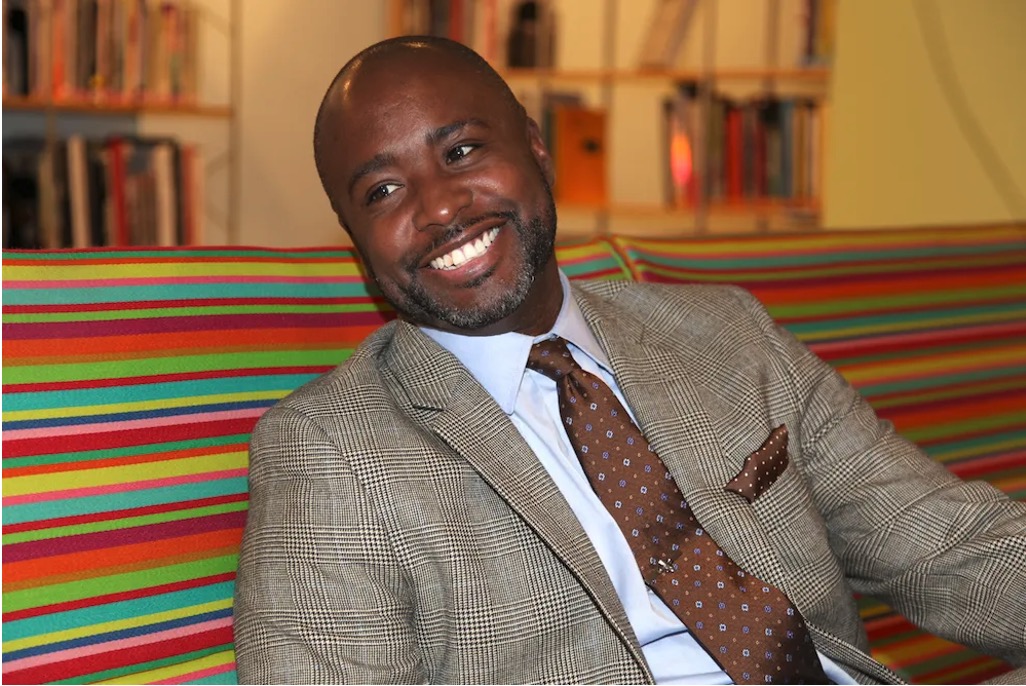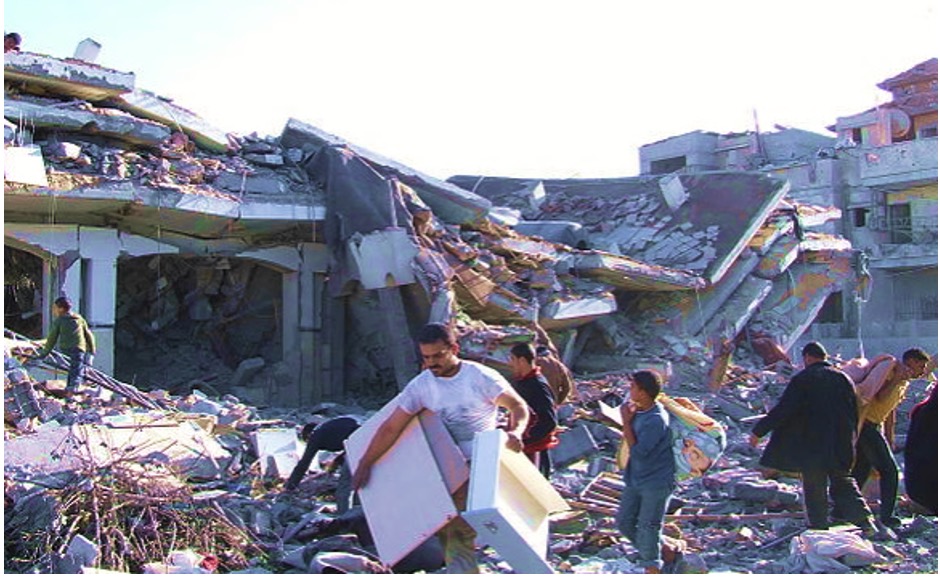CommentsDEEGAN ON LA-If you ever got happily buzzed with friends sitting around the famous “horseshoe bar” in Tom Bergin’s Irish bar on Fairfax Avenue just south of Museum Row you may want to always be able to drive past the now-shuttered pub, glance at it, and smile at the memories. If it’s torn down for future development your memories may be crumbled, along with the walls.
If you ever drove through the Bergin’s-adjacent neighborhood and been repulsed by the faux mansions and cookie cutter boxes that have been slowly displacing charming hundred-year-old homes that you remember, you may feel the pang of preservation and want to say something to keep the facade of Bergin’s as a local landmark.
If you ever traversed Fairfax from Olympic to Beverly and noticed how Bergin’s pops out as a visual landmark -- along with Googie-style Johnnies, the Petersen Car Museum, LACMA, the-soon-to-be Academy’s Movie Museum, the Farmer’s Market and The Grove, and CBS Television City you may wonder why this stretch of road is so heavily marked with memorable structures that stick out. It’s mainly coincidental, but without some vigilance the architectural eye candy could melt under pressure from developers anxious to put their footprints and fingerprints on a very desirable swath of mid-city Los Angeles.
Preservation of Bergin’s is now a hot issue with many locals saying “I’ll drink to that” -- “that” being an attempt to obtain Historic-Cultural Monument status for Tom Bergin’s. It may take a village, as the trope goes, but the Bergin’s supporters have also brought out the artillery in their preservation campaign. The local residential association (Miracle Mile Residential Association), the preservationists at the Los Angeles Conservancy, the neighborhood Council (Mid City West Community Council), an adjacent neighborhood council (Pico Neighborhood Council), and a letter writing campaign directed at Councilmember David Ryu (CD4) that supporters claim has risen to almost 700 letters urging his support for preservation. All these efforts are now working toward preserving Tom Bergin’s.
The professionals have also arrived, in the way of Architectural Resources Group, an architecture and urban planning firm with what they call “particular expertise in the area of historic preservation.” They have prepared an extensive study of Bergin’s that led to the Planning Department recommending to the Cultural Heritage Commission to “take the proposed designation of a Monument under consideration.” On Thursday, November 1, the Commission did just that, with a unanimous vote, taking the first formal step in the review process.
The commissioners heard presentations from applicants Los Angeles Conservancy and Miracle Mile Residential Association, and by Architectural Resources Group that helped create the application, and representatives from the Mid City West Community Council that also supports and helped fund the application. Now they will formally study the matter that is presented in the Los Angeles Department of City Planning’s Recommendation Report. The community goal is a declaration of the property as a Historic-Cultural Monument.
The originally-styled “Tom Bergin’s Old Horseshoe Tavern and Thoroughbred Club,” opened its doors in 1936 at 6110 Wilshire Boulevard and moved to its Tudor Revival architectural style present‐day location on 840 South Fairfax Avenue in 1949. It remained in near continuous operation as a restaurant and tavern until its closure earlier in 2018. Tom Bergin’s, in business for over 80 years, is entitled with the second‐oldest liquor license in Los Angeles and is one of Los Angeles’ oldest bars and restaurants.
Why does any of this matter? It’s not the history as much as the presence. It’s important for sustainable memory, a concept that urban planners may not articulate but one that supports what they do: creating a location that has resonance.
Michael Ondaatje (“The English Patient”) has a new novel called “Warlight” in which the narrative deals a lot with “shifting memories” and explores an idea that our memories may not be what happened, but what we think happened. With Bergin’s gone, replaced possibly by a tower, our memory of it and how it integrated into the community will slowly disintegrate and we will need, like the “Warlight” protagonist, to stitch together what we think our memory of it was, instead of being able to confront it in reality because the building is still there in plain view. Preservation is a small-scale relief for a bigger scale riddle: how do we remember the Los Angeles that we once knew when the physical reminders of our memories are being transformed, forcing us to conjure up memories of what we think we knew?
Eventually without tangible proof, we may forget that Bergin’s ever existed; the community is now forcing a “last call” that the Office of Historic Resources in the Department of City Planning and their Cultural Heritage Commission is seeing if they can answer.
(Tim Deegan is a civic activist whose DEEGAN ON LA weekly column about city planning, new urbanism, the environment, and the homeless appear in CityWatch. Tim can be reached at [email protected].) Edited for CityWatch by Linda Abrams.
















